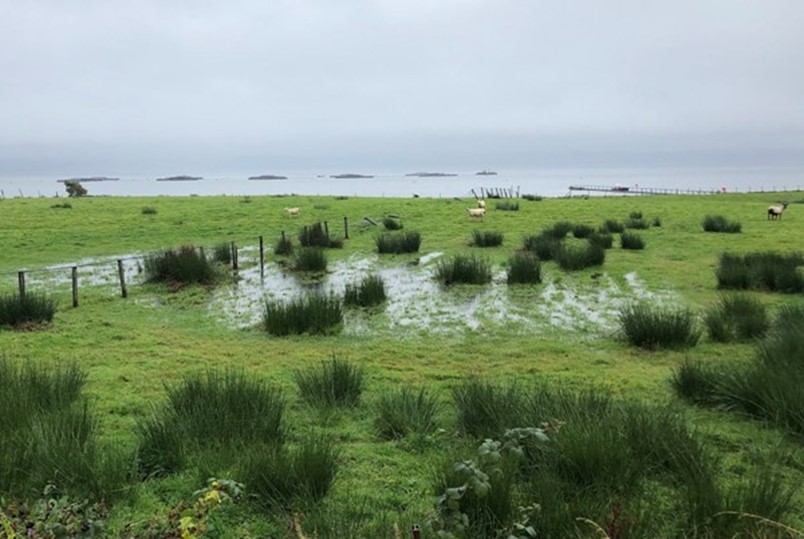Northern Ireland considered high risk for liver fluke – final forecast for 2020

The final liver fluke forecast for autumn 2020 from NADIS (National Animal Disease Information Service) – based on temperature and rainfall from May to October has led to a lower risk of fluke than last year in most parts of the UK – but south west Scotland and Northern Ireland are considered high risk.
Farmers with livestock grazing in high and medium risk regions are advised to be vigilant for signs of disease, especially in sheep. Local conditions are very important for liver fluke, and farms with a lot of wet or muddy pasture, and/or a previous history of liver fluke, may be risky even if in a low risk area.
Sheep are more susceptible to acute fluke infection than cattle, but both species may harbour chronic infections for months or even years if left untreated. Chronically infected animals may show no obvious signs, yet such infections can adversely affect productivity by reducing fertility, growth and milk yields. It is also important to consider the risk of Black disease at this time of year; this clostridial infection may take root in liver tissue damaged as a result of fluke infection. Unvaccinated animals are especially at-risk, potentially leading to cases of sudden death.
Advised actions from NADIS include:
- Monitoring for signs of disease. Both sheep and cattle are susceptible to infection with liver fluke, although acute outbreaks are more common in sheep:
- Sudden death in heavy infections
- Dullness, anaemia and shortness of breath
- Rapid weight loss, fluid accumulation (e.g. bottle jaw)
- Routine diagnostic testing to give a greater insight into current infection status:
- Post-mortem of lost stock in acute outbreak allows for a definitive diagnosis, whilst abattoir feedback can provide useful information on overall infection rates (Figure 5).
- Antibody ELISAs are useful in detecting acute infections in lambs through regular (e.g. monthly) blood sampling of about 10 individuals per group. Treatment is required if/when the first lambs become positive.
- Although not useful in acute fluke cases, copro antigen testing and worm egg counts can be used later in winter or in spring, to see if animals need treatment whilst housed or prior to turn out .These can be used with pooled samples to test group-level infections.
- Herd-level infection status in dairy cattle can be assessed through testing of bulk milk tank samples, although these values will tend to remain similar throughout the year, so are not useful for determining when to treat
- Identify and avoid grazing high risk “flukey” pastures at this time.
- Mud snails are generally found in damp, muddy areas such as the borders of permanent water bodies, wet flushes (often identifiable through presence of rushes and other water loving plant species), ditches, boggy areas etc. (Figure 3).
- Pastures previously grazed by fluke-infected sheep should be considered a risk to cattle and vice versa. Cattle farmers grazing sheep on their pastures overwinter should bear this in mind when selecting which pastures to graze them on.
- Routine clostridial vaccination will help prevent Black disease and should be considered if not already in place.
For further advince and information see www.nadis.org.uk







